Houseplant happiness: A beginner’s guide to transforming your house into an indoor jungle
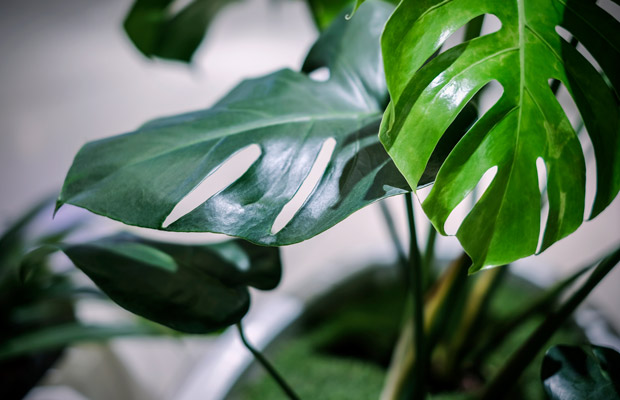
If you can turn a houseplant into a withered has-been overnight, then this guide that matches indoor greenery to the conditions (and homeowner’s personality) is a life saver.
Words: Jane Wrigglesworth
Indoor plants have more than just lush foliage going for them. They can enhance an indoor setting – and even your wellbeing, according to studies. But choosing the right plant for the right spot can be tricky. Light, temperature, humidity, watering and feeding all need to be taken into account.
Without adequate light, for example, sun-loving houseplants will produce smaller leaves, thinner stems and become pallid, while the leaves of shade-lovers placed in full sun will turn brown and likely fall off.
Overwatering plants that prefer it on the dry side is a sure bet for demise, as is under-watering plants that like even moisture. Note too that watering and feeding requirements over the warmer months are completely different to those in the cooler months.
https://www.instagram.com/p/BvKY4PGApxE/
“What you might be watering once a week over summer, you might be watering once a fortnight over winter,” says houseplant expert Tania Mesarich of Church Street Garden Central in Auckland. “When we water here, we go by weight. We pick everything up. If it feels heavy and the soil looks damp, we do not water. If it feels light, and the soil looks light, we water.”
Feeding also differs over the seasons, says Tania. “We liquid feed once a fortnight with a liquid soluble fertiliser, but over winter we cut that liquid feed back to half strength.”
If that sounds all too hard – take heart. There are several houseplants that can withstand a little bit of neglect from its owners. These are ideal for beginners.
FOR ABSOLUTE BEGINNERS
Zamioculcas (ZZ plant)

One of the easiest plants to grow, the ZZ plant practically thrives on neglect. It likes very dry conditions, so if you often forget to water, this may be the plant for you. “We water these plants only once every three weeks over summer,” says Tania. “Over winter we virtually might water once a month. They have a potato-like tuber that stores water, and if that tuber stays wet, it rots.”
The ZZ plant is also known for is ability to purify the air, its leaves acting as a bio-filtration system.
Plants will grow in bright indirect light, or filtered light.
View this post on Instagram
I LOVE HUMIDITY
Maidenhair fern
This graceful fern with its bright green lacy fronds thrives in steamy bathrooms. It likes a well-lit, airy position and high humidity.
Avoid draughts and keep moist (but not soggy) at all times. If rooms are dry, increase humidity by misting with water. Other plants that enjoy high humidity are boston ferns and the bird’s nest ferns.
Calatheas like humidity too, but they require a little more care. “You need to be careful over the heat of summer. I allow them to become just the start of becoming dry before watering. In other words, they should remain evenly moist,” says Tania. “They like humidity because they are a sub-canopy plant. Take them in the shower and give their foliage a wash, or mist them. Over the wintertime, though, you should keep them on the drier side.”
I DON’T MIND STUFFY ROOMS
Sansevieria trifasciata (mother-in-law’s tongue)
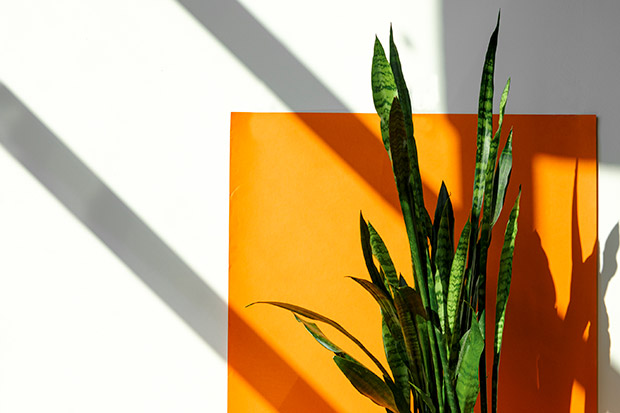
This tough plant grows well in very warm conditions, tolerating both high light and low light. Allow it to dry out between watering and take care when watering in winter.
It’s tough to kill, but prolonged overwatering or exposure to freezing temperatures in winter can snuff it out. This plant has another bonus. “It’s one of the few plants that releases oxygen at night, so it’s great for children’s and other bedrooms,” says Tania.
Spathiphyllum (peace lily)

This hardy plant tolerates heating and artificial lighting, making it ideal for living rooms and workplaces. For best results, place in a warm, humid room (mist spray, if necessary) with indirect light. They grow well in low-to-medium light; yellowing leaves may mean too much sunlight.
I DON’T MIND LOW LIGHT
Philodendron scandens (devil’s ivy aka the sweetheart plant)
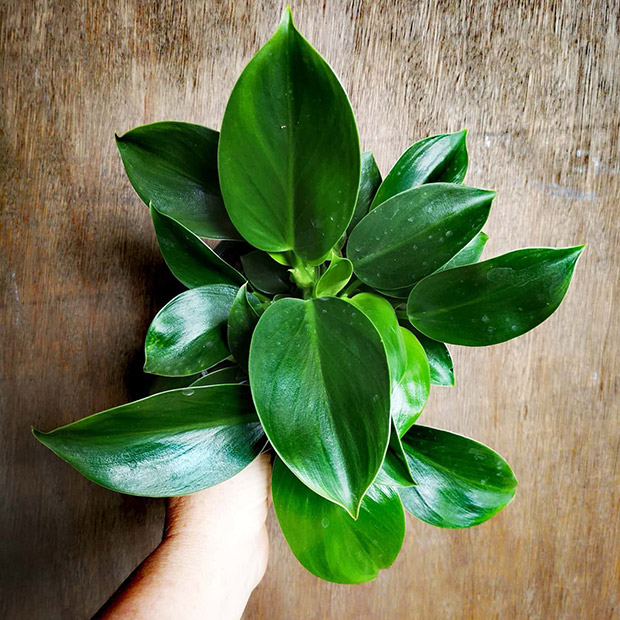
This is a climbing or trailing plant, so provide firm support for the stems if you want it to climb. This is the easiest of the philodendrons to look after because of its ability to tolerate neglect and poor conditions.
“It’s very easy care,” says Tania. “We allow these to dry out between watering. It will grow in bright indirect light, and it will grow in filtered light – so it will well grow in low light.”
Chamaedorea elegans (parlour palm)
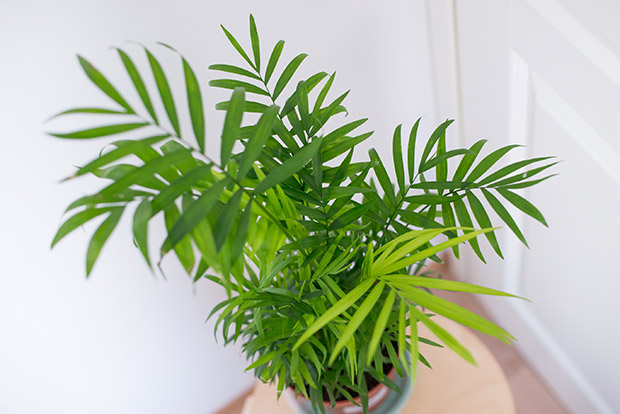
From the Mexican rainforests, the parlour palm easily tolerates low light and fluctuations in temperature. It likes a reasonably high humidity, or the tips of leaves will turn brown. Mist daily if the air is dry.
I LOVE SUN
Beaucarnea recurvata (ponytail palm)
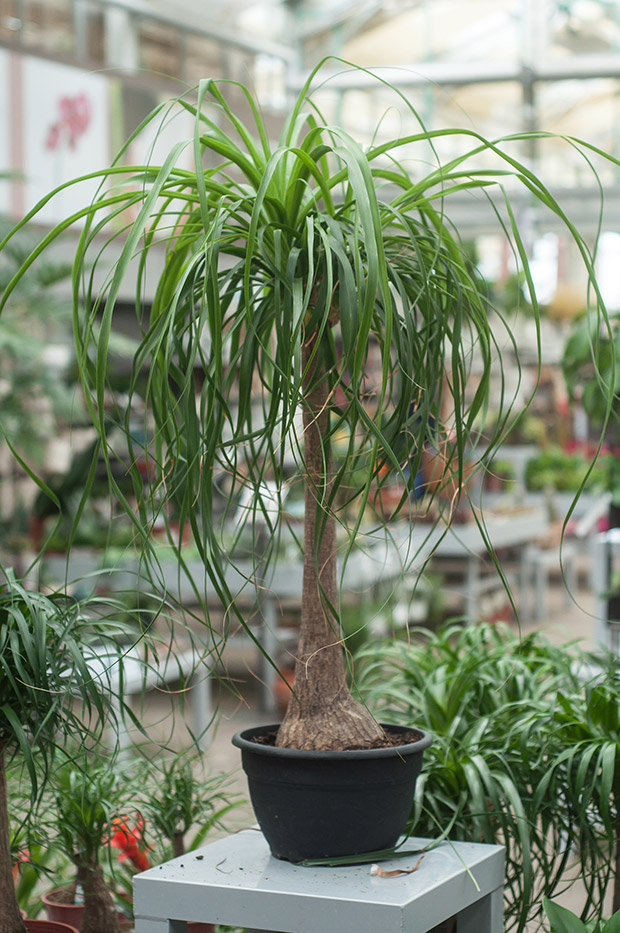
The ponytail palm has an unusually fat, swollen base with a thick stem topped with a mop of narrow, drooping leaves that resemble a ponytail. It loves full sun and will thrive on neglect. Cacti also enjoy sun.
I’M THE MOST POPULAR
Ficus lyrata (fiddle leaf fig)
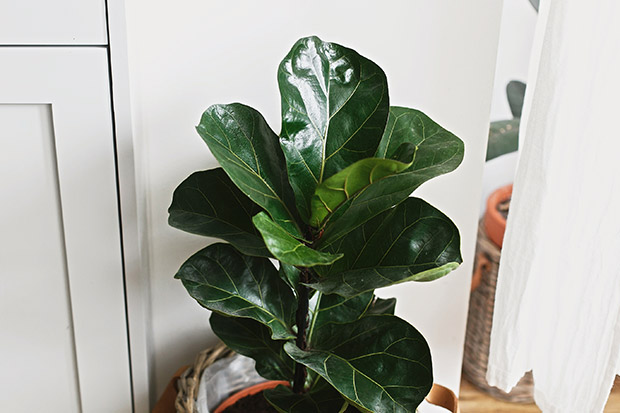
This is the no.1 most popular houseplant, but it’s a little bit temperamental, says Tania. “It will only grow in bright, indirect light and you must allow it to dry between watering. If it becomes too wet, the lower leaves will start to drop first. If it is too dry it will get brown spotting all over it.
If it comes out with new growth that has red dots on it, that is what we call odeoma. The plant has gone from one extreme to the next and the cells in that tissue have exploded – or burst. That’s what causes that red dotting on the foliage.”
I’M A CLOSE SECOND IN THE POPULARITY STAKES
Monstera deliciosa (Swiss cheese plant)
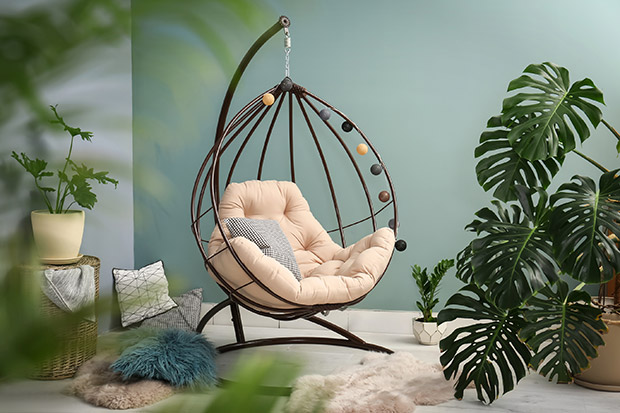
The next most popular houseplant, according to Tania, is the Swiss cheese plant. “It’s very easy-care and popular for people who want something tropical looking.”
It will tolerate both high light and filtered light, but it does need to be supported. “It will put on quite a bit of growth and it has big aerial roots as well. You do need to give it some sort of pole to grow up, like a coir pole.”
I’M QUITE THE NOVELTY
Senecio varieties
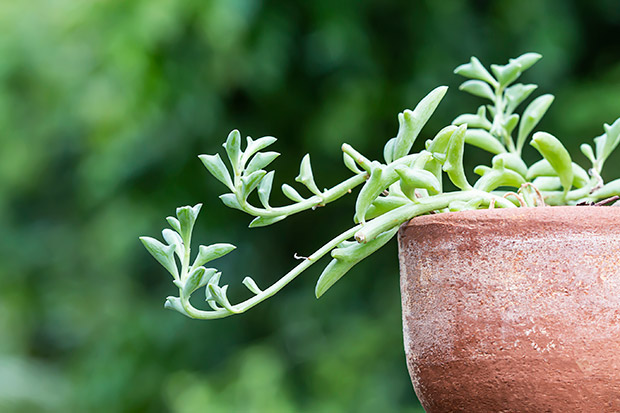
Senecio Peregrinus.
Tania loves the string of dolphins (Senecio peregrinus) – “everyone gets a kick out of the dolphins – but there are also string of watermelons (Senecio herreianus), string of pearls (Senecio rowleyanus), variegated string of pearls Senecio rowleyanus ‘Variegata’ and string of fish hooks (Senecio radicans).
View this post on Instagram
“All the senecio varieties are succulents, so they must grow where they get the warmth of the sun on them in the morning. Morning sun is a bit softer. You don’t want them with all-day sun on them.”
Senecio are ideal for shelves, as they like to cascade.
I’M FABULOUSLY TRENDY
Rhaphidophora tetrasperma
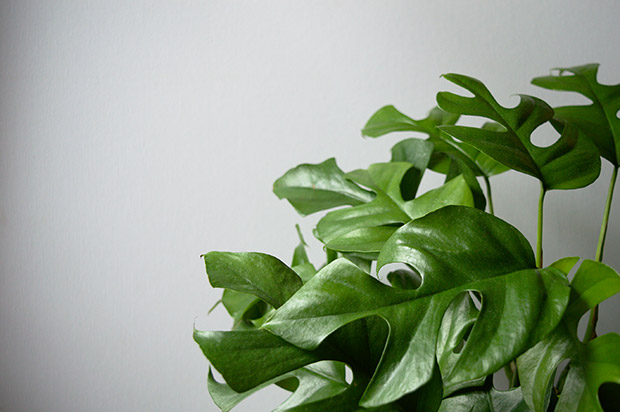
This plant has just hit the market and it’s raising many a houseplant enthusiast’s eyebrow. Like a mini monstera, this climbing plant also goes by the name Philodendron minima, just to confuse matters. Call it what you will, it’s totally trending right now, so get in quick if you want one. What does it like?
“Bright indirect light,” says Tania. “Allow it to dry between watering and liquid feed once a month.”
I HELP CLEAN THE AIR
Cloraphitum (spider plant)
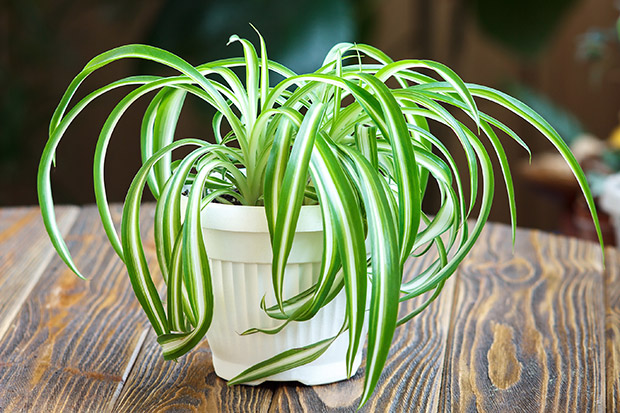
NASA found that the humble spider plant removes around 90% of the potentially cancer-causing chemical formaldehyde from the air. What’s more, it’s super easy to grow.
“It’s also another plant that will tolerate high light or low light,” says Tania. “You can keep them quite dry too. Allow them to dry out between watering.”

